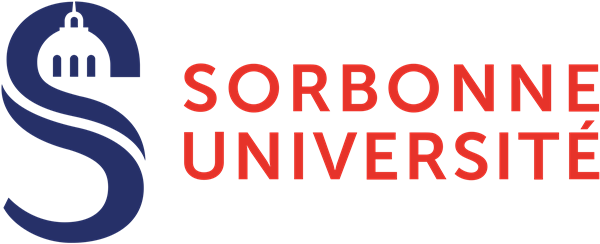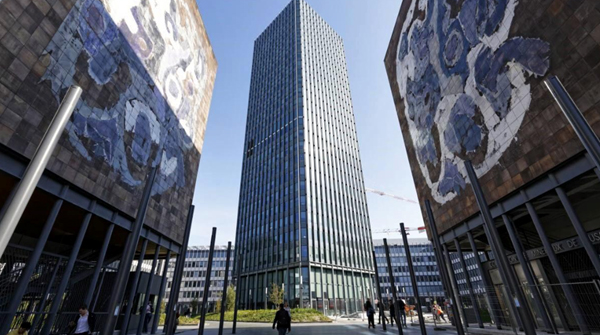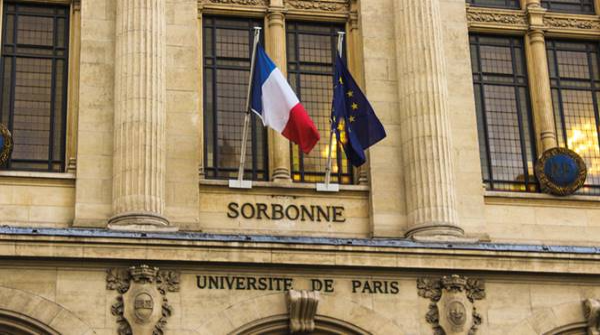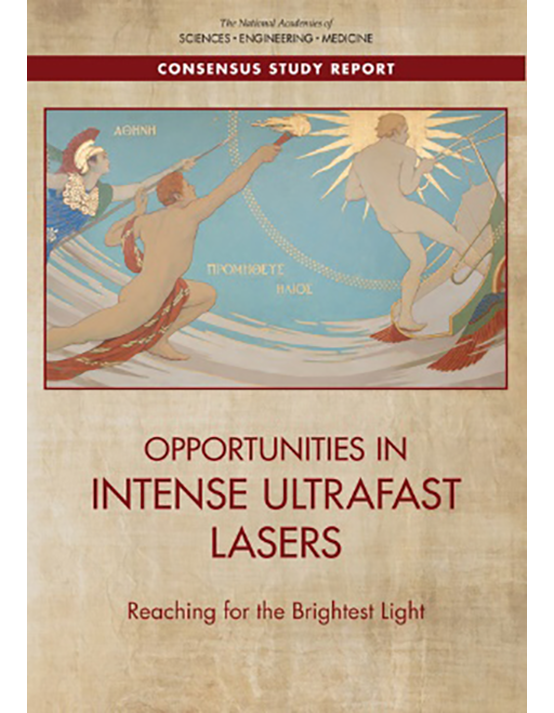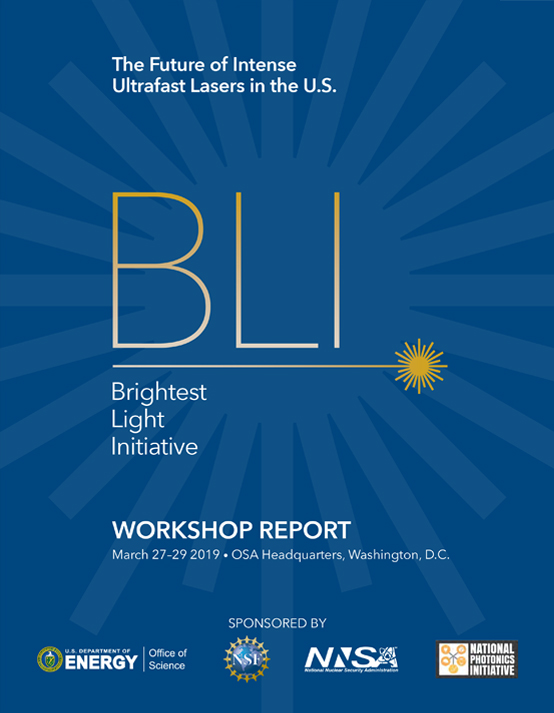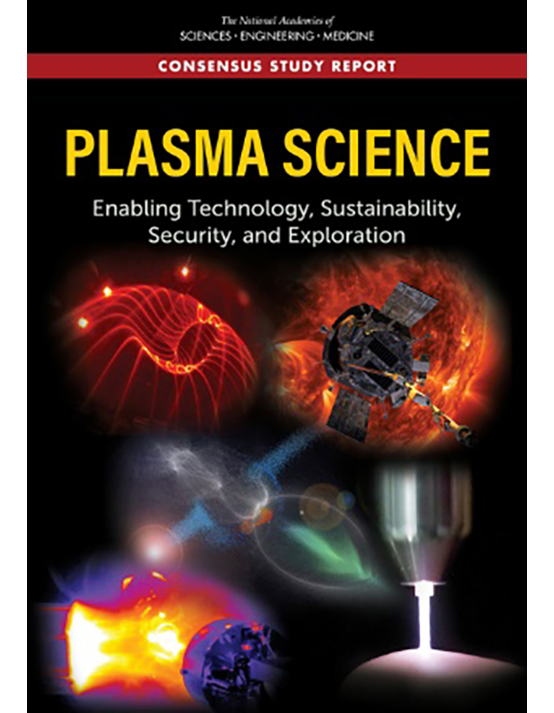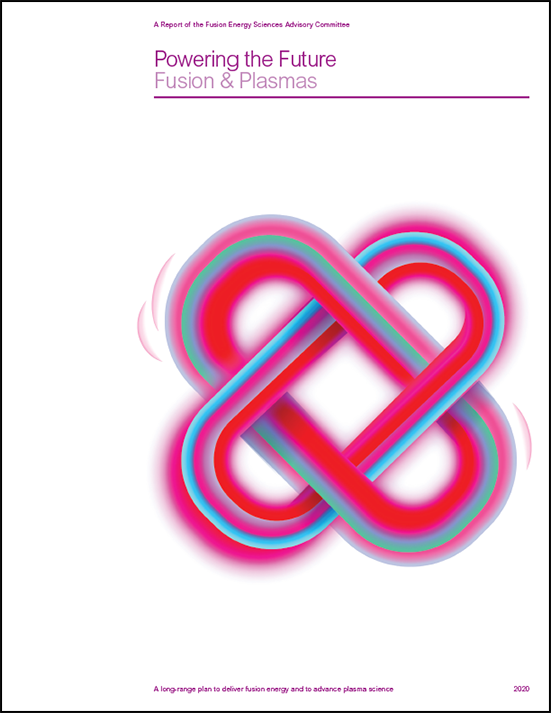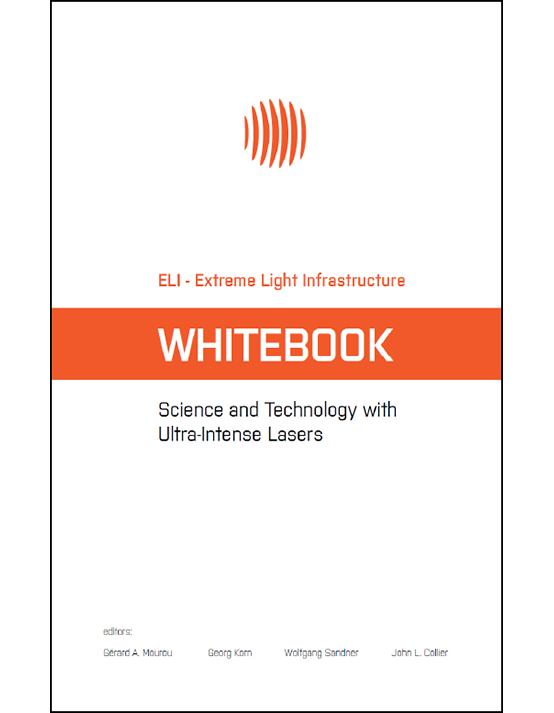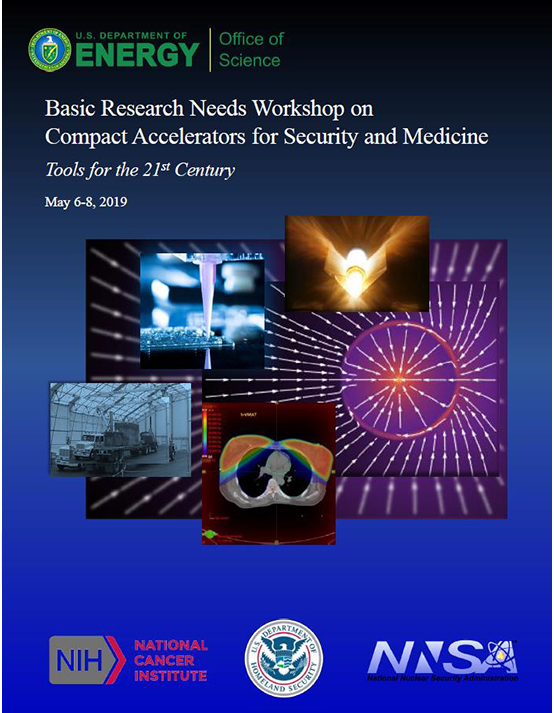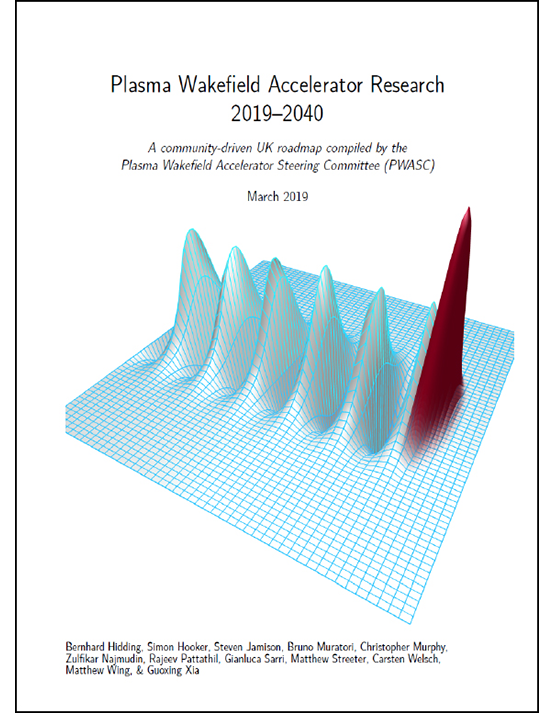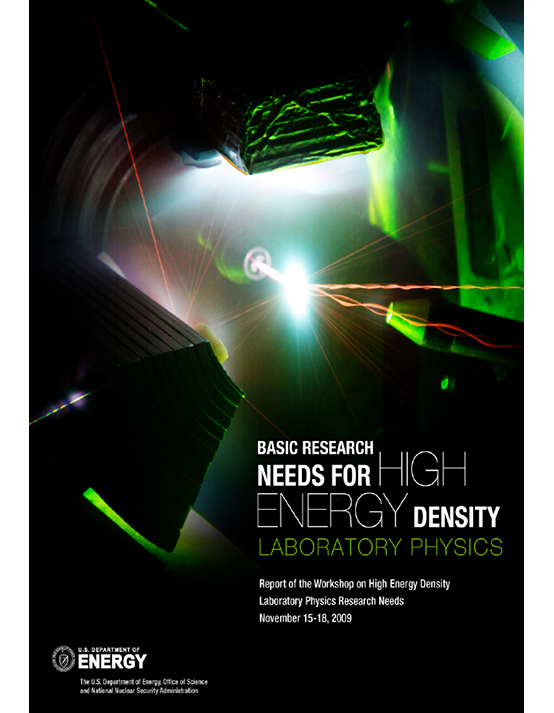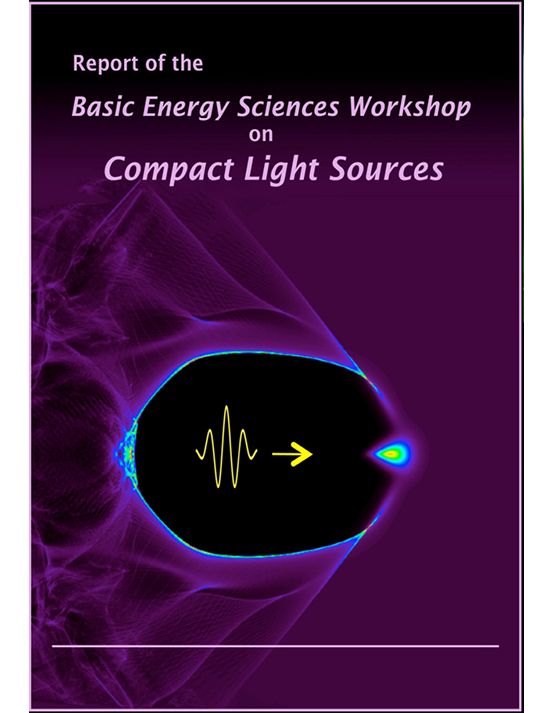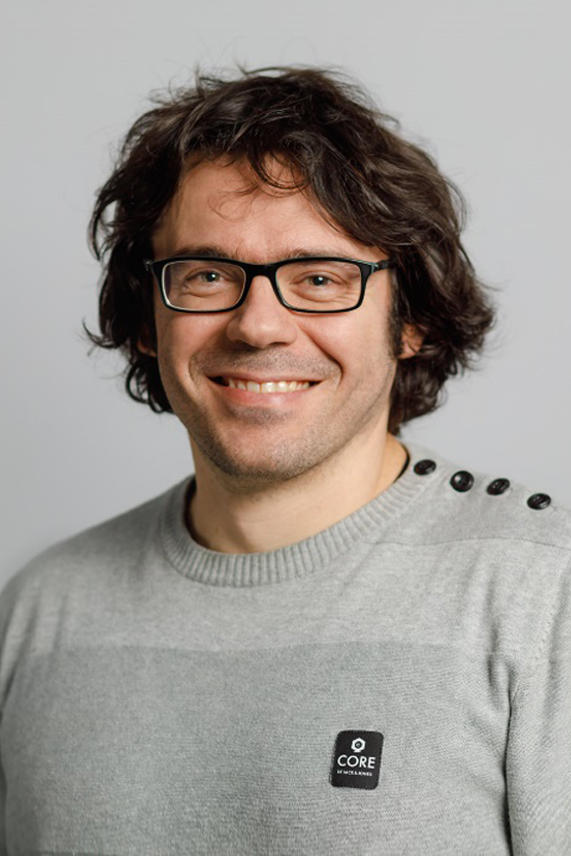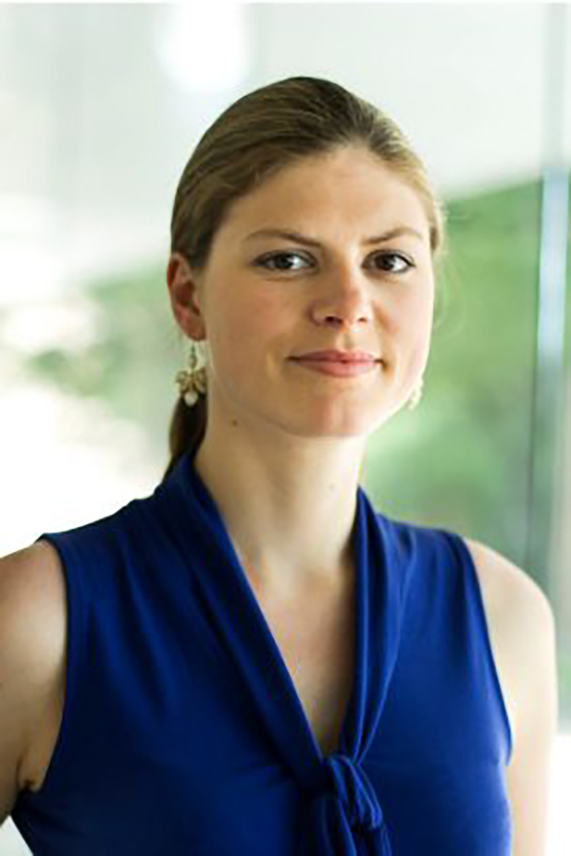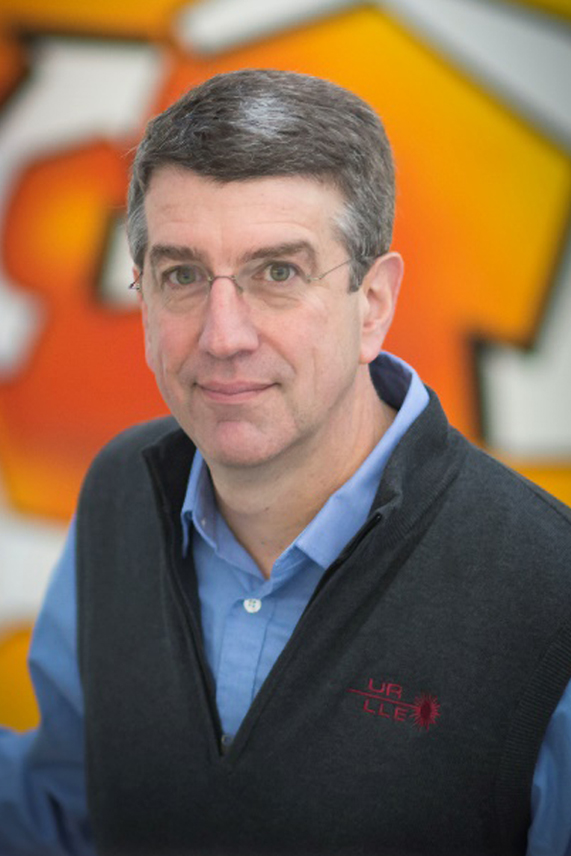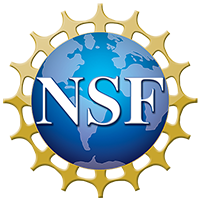MP3 Multi-Petawatt Physics Prioritization Workshop
Location: Sorbonne Université (Paris, France)
Date: Wednesday through Friday, April 20-22, 2022
Webcast (plenary sessions only) Registration Deadline: Monday, April 11, 2022
Multi-petawatt laser systems can produce light pressures in the exa-Pascal regime, copious amounts of radiation, and extremely bright beams of energetic particles, including electrons, ions, neutrons, or antimatter. These novel capabilities enabled by multi-PW lasers, described in a series of recent reports shown below, open new frontiers in research and development, such as high-field physics and nonlinear quantum electrodynamics (QED), laboratory astrophysics, particle acceleration and advanced light sources, and laser-driven nuclear physics.
2018 NAS Report:
Opportunities in Intense Ultrafast Lasers: Reaching for the Brightest Light
2019 Brightest Light Initiative
(BLI) Workshop
2020 NAS Report
Plasma Science: Enabling Technology, Sustainability, Security, and Exploration
2020 DOE-FESAC Report:
Powering the Future –
Fusion & Plasmas
2018 Basic Research Needs Workshop
on Compact Accelerators for
Security and Medicine
2018 NASA Laboratory Astrophysics Workshop:
Scientific Organizing Committee Report
2019 PWASC Report:
Plasma Wakefield Accelerator Research
2019–2040
2009 Basic Research Needs
for High Energy Density Laboratory Physics
The Multi-Petawatt Physics Prioritization (MP3) Workshop will bring together scientific communities to focus on promising new science enabled by a new generation of ultra-intense and powerful lasers. The workshop and a series of virtual working group meetings leading to it will establish and develop networks of researchers who will recommend ways to coordinate research and broaden access to state-of-the-art facilities, diagnostics, and computational tools for high-intensity laser-based research.
Workshop Charge—The MP3 workshop will bring together leading experts to:
- Establish the most important goals and flagship experiments of promising new science enabled by present and new generations of ultra-intense and powerful lasers.
- Identify common interests and joint strategies for developing diagnostics needed for the flagship experiments.
- Discuss a vision for the optimal next-generation high-intensity laser facility to address the frontier science goals.
Antonino Di Piazza
Max Planck Institute for Nuclear Physics, Germany
Louise Willingale
University of Michigan, USA
Jon Zuegel
University of Rochester, USA
Supported by:
The National Science Foundation

